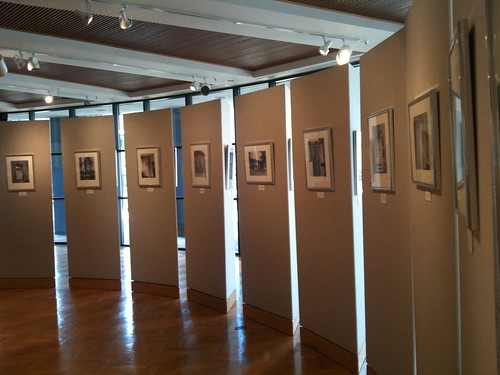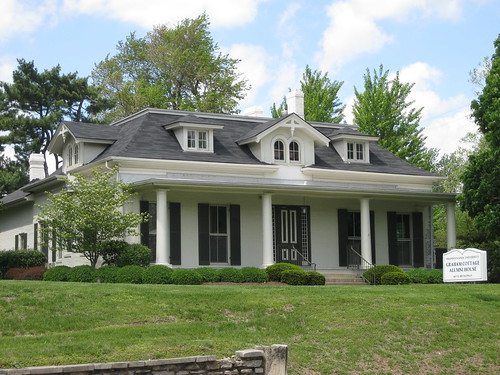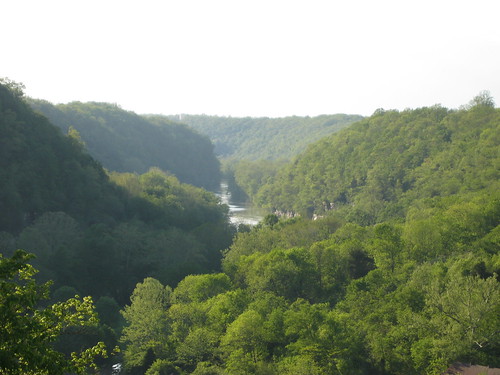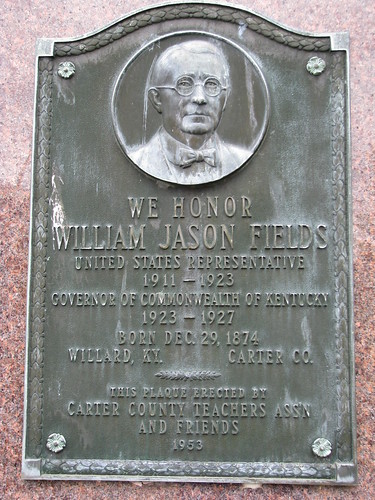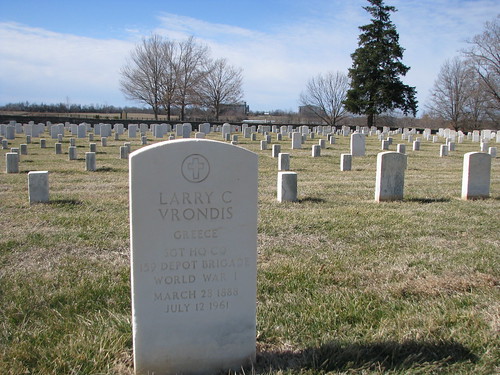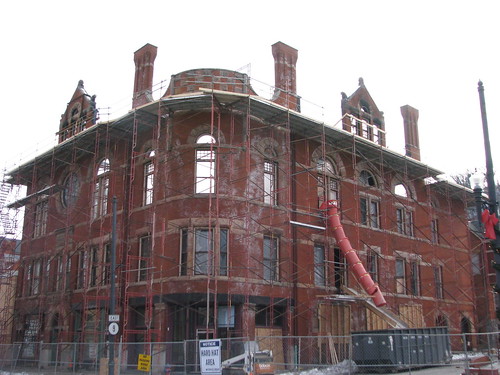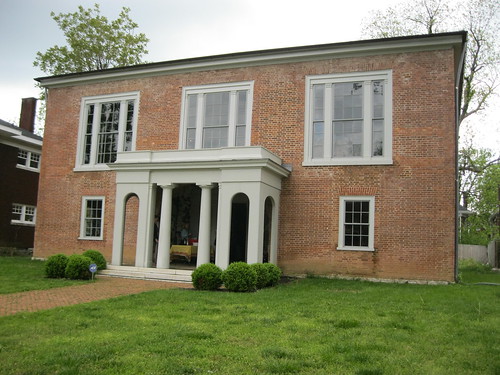 |
| Union Monument at the Lewis County Courthouse – Vanceburg, Ky. |
One hundred seven young men from Lewis County died answering Lincoln’s call to “preserve the Union.” They were not alone. Over two million Northerners took up arms against their Southern brethren for a conflict that would last four years and cost the lives of hundreds of thousands. In Kentucky – a border state with dueling state governments and its star being counted on the flags of both Union and Confederacy – the War pitted brother against brother.
After the war, the practice of erecting statues and monuments in memory of the brave soldiers began. We see them in cemeteries, in parks and on the lawns of courthouses. But if you look closely at those erected by public subscription on the lawns of courthouses, you will find that only one in Kentucky is dedicated to the soldiers of the Union Army.
The Union Monument on the lawn of the Lewis County Courthouse, Vanceburg, is not just the only such memorial in Kentucky — it is the only such memorial south of the Mason-Dixon Line! All other Union memorials are located in cemeteries with the fallen.
Thirty feet tall and cut from limestone, it was also the first Civil War monument with a statue erected in the Commonwealth. The soldier, clutching his musket with both hands, wears a kepi cap, cape and winter coat.
Erected in 1884, the distinction of this monument as the only such monument south of the Mason-Dixon Line evinces Lewis County’s strong Union leanings. The following is inscribed upon this monument to the fallen: “The War for the Union was Right, Everlasting Right; And the War Against the Union was Wrong, Forever Wrong.”
Sources, inter alia, National Register.

